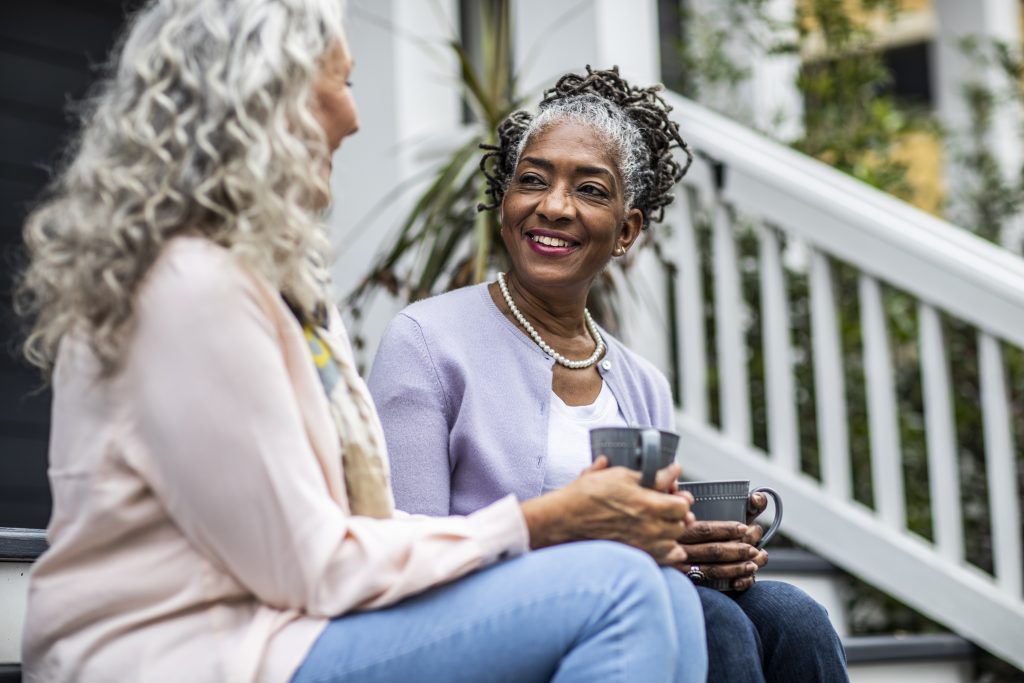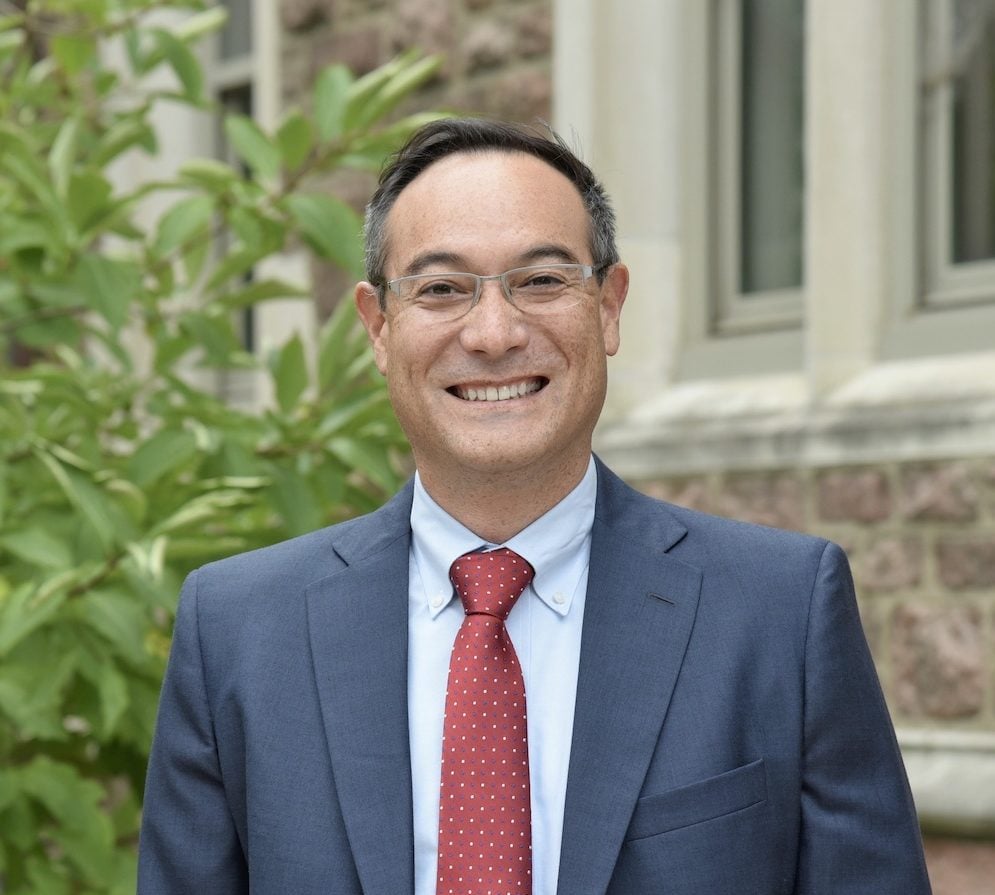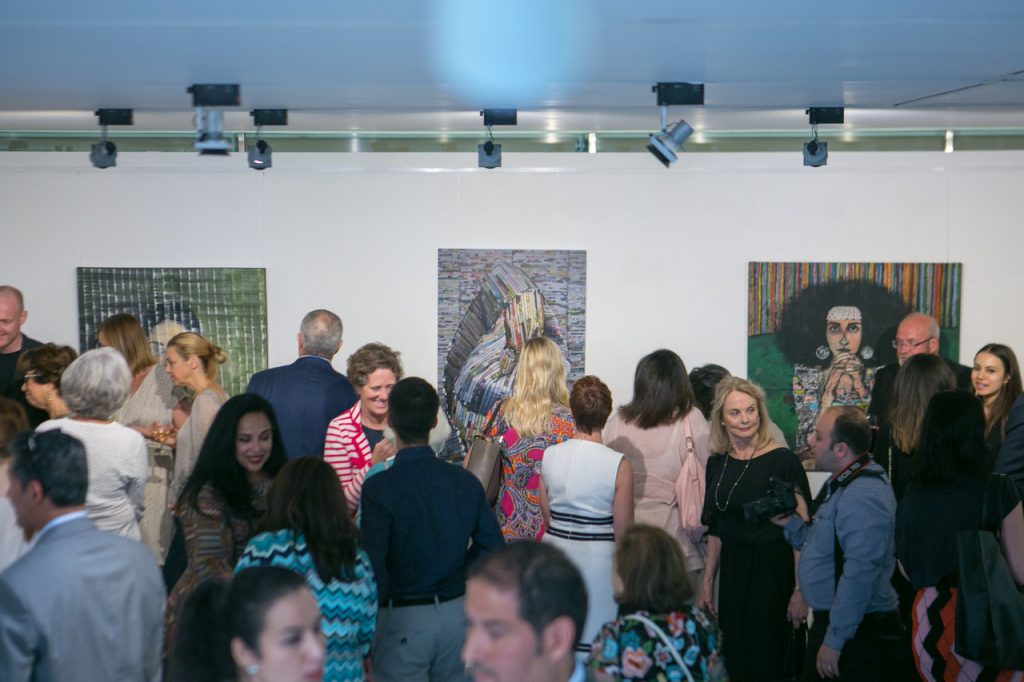Why Muslims and Jews are Working Together in South Dakota
May 20, 2022
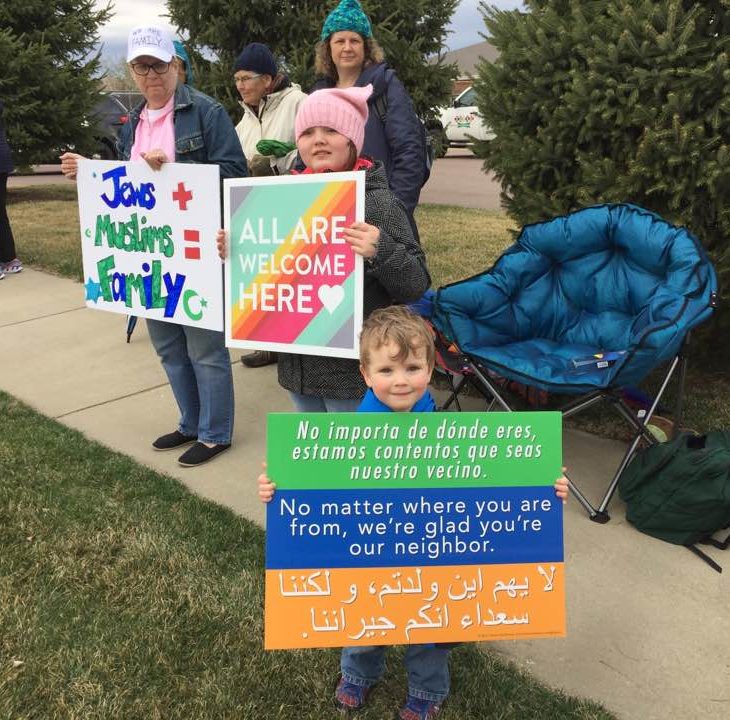
United in mission to affect change in our communities, we, Saliya, a Muslim from Ethiopia and Jen, a Jew from South Dakota, are guided by our faith traditions as we model interfaith dialogue and collaboration. When consuming mass media, it can be challenging to see past the negative tropes and stereotypes that show Islam and Judaism are at odds. Looking beyond this, we learn that our sister traditions teach about responsibility and accountability as a neighbor being paramount in both of our faiths. South Dakota Voices for Peace encourages us to show up as our whole selves, including who we are as a Muslim and Jew.
Saliya
A verse in the 49th chapter of the Quran drives my passion for interfaith and intercultural understanding: “O mankind! Surely we have created you from male and female and made you nations and tribes so that you may know one another (and so build mutuality and cooperative relationships, not so that you may take pride in your difference of race or social rank, and breed enmities).” Pluralism and diversity are truly our strengths as human beings, and as a daughter of Ethiopian Muslim immigrants, I have made it my mission to immerse myself in different cultures and develop a greater level of cultural empathy.
When I lived in Ethiopia, I saw that religion was everywhere and well ingrained into people’s lives. It is worth noting that the three Abrahamic faiths have coexisted in the country for centuries. Ethiopia is home to one of the oldest Christian kingdoms as well as a small community of Ethiopian Jews. In addition, the country was a safe haven for early members of the Muslim community escaping Mecca due to persecution. Ethiopians are deeply religious people and I recall finding comfort in learning about my neighbor’s faith traditions. However, when my family immigrated to South Dakota when I was nine years old, I was completely unprepared for moving to a place where I would be viewed as an outsider.
For a big part of my childhood, I felt like an outcast. I dressed differently from my peers and felt uncomfortable outside of the comfort of my home. I realized that most people have come to be aware of Islam through the acts of terror on 9/11. For many people, Islam came to be associated with those horrible acts, but it was difficult for me to comprehend that anyone could be frightened of me or my faith. As I got older, I realized there is a whole industry built on advancing anti-Muslim sentiments and equating my faith with terrorism.
Growing up in a homogeneous part of the United States, I had gotten used to feeling like I did not belong – I felt uncomfortable as stares followed me everywhere I went. As I navigated the city I call home, I experienced what it feels like to be invisible and hyper-visible simultaneously. I remember the constant media coverage that framed my faith as violent and un-American. It was hard not to feel like my identity was under attack. I struggled internally to reconcile my identity in a world where it felt unsafe to be visibly Muslim.
As I have gotten older, I realized that it is not my job to convince anyone of my humanity. It is incredibly tiring to constantly feel like you have to explain yourself and speak on behalf of two billion people. I have also come to understand that I can be proud of my faith while maintaining my American identity.
Through my work at South Dakota Voices for Peace, I have learned what advocacy looks like. Advocacy is deeply rooted in my faith, and one of my favorite hadiths outlines how Muslims should approach an act of injustice: “Whoever of you sees an evil action, let him change it with his hand: and if he is not able to do so, then with his tongue; and if he is not able to do so, then with his heart-and that is the weakest of faith.” As the people who have committed to sowing intolerance and hatred have gotten louder, our work to advance peace and interfaith dialogue must continue.
Jen
Rabbi Abraham Heschel was asked if he had time to pray when he was marching with Dr. Martin Luther King Jr. from Selma to Montgomery in 1965. His famous response was “I prayed with my feet.” How does one pray with their feet in a small Jewish community in Sioux Falls, South Dakota?
In South Dakota, as a very small Jewish community, we grapple with a unique set of questions about how we will live a Jewish life here. How will we pass along our Jewishness to our children? How will we embrace the opportunities to be an ambassador? What is common throughout South Dakota’s Jewish community is resilience: To keep our traditions alive, to honor our values and raise a new generation of Jewish South Dakotans, we must persist in defining what it means to be Jewish in ways that feel authentic and relevant. Jewish tradition encourages discussion about what rules and practices we should follow. As the saying goes, two Jewish people in a room equals three opinions. But in all seriousness…there are many thousands of pages of rabbis interpreting scriptures and setting out Jewish rules and practices. These are writings we take to our hearts, but no topic is beyond investigation and questioning. Even in a place where the Jewish population is small, there are multiple perspectives on how we enact our traditions, express our values, and engage with the broader community.
Through my work as the Deputy Director of South Dakota Voices for Peace (SDVFP), I, as a Jew, am praying with my feet every day. Our mission at Voices for Peace is to build power and enable healing in immigrant, refugee, and Muslim communities by amplifying their voices and working in solidarity with all who dismantle bigotry and racism. Our work of listening, advocating, and educating fulfills mitzvot (good deeds) of taking care of each other. At our organization, we imagine a South Dakota that is diverse, inclusive, and anti-racist. Our staff reflect the diverse communities we serve through our personal religious traditions and ethnic backgrounds. We are very thoughtful and intentional in our work of uplifting people, their stories, and their work to create a brave and safe space of belonging.
Our organization actively engages in complex conversations to address antisemitism, Islamophobia, and racism. In late 2021, we experienced a rise in antisemitism in Sioux Falls. Voices for Peace coordinated an interfaith vigil to uplift my Jewish community. Being surrounded by our Muslim and Christian community members reminded me, my family and my community that we are supported and not alone. In 2017, Voices for Peace coordinated an interfaith vigil in response to the intense Islamophobic rhetoric coming from political and community leaders. My family along with other members of the Jewish community stood in solidarity with our Muslim community loudly exclaiming that #hatehasnohomeinsd! This is praying with our feet.
Through my interactions and work with our immigrant and refugee community members, I am gifted with opportunities to explore various spiritual traditions, partake in community events, and learn new ways I can be a better neighbor. Because of my work, I am able to be a better mother, leader, community member and Jew as I pray with my feet.
Share
Related Articles
American Civic Life
We Commemorate, We Commit: Out of Catastrophe, a Conversation on Connection and Repair
American Civic Life
American Civic Life
Eboo Patel and Wajahat Ali: Is “Interfaith America” Even Possible?
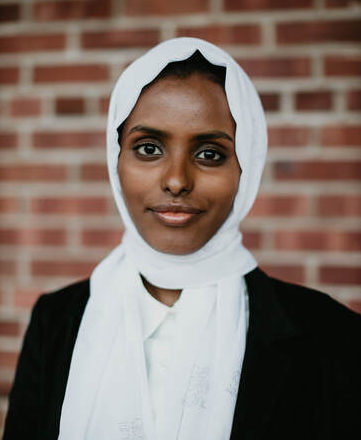
Saliya Ali
Saliya was born in the Oromia region of Ethiopia and has called Sioux Falls home for the past 14 years. She graduated from Augustana University where she studied government and Spanish. During undergrad, she completed an internship in global health in Kisumu, Kenya and studied Spanish in Granada, Spain. Saliya is interested in working to eliminate health disparities by working with underserved populations to address social determinants of health.
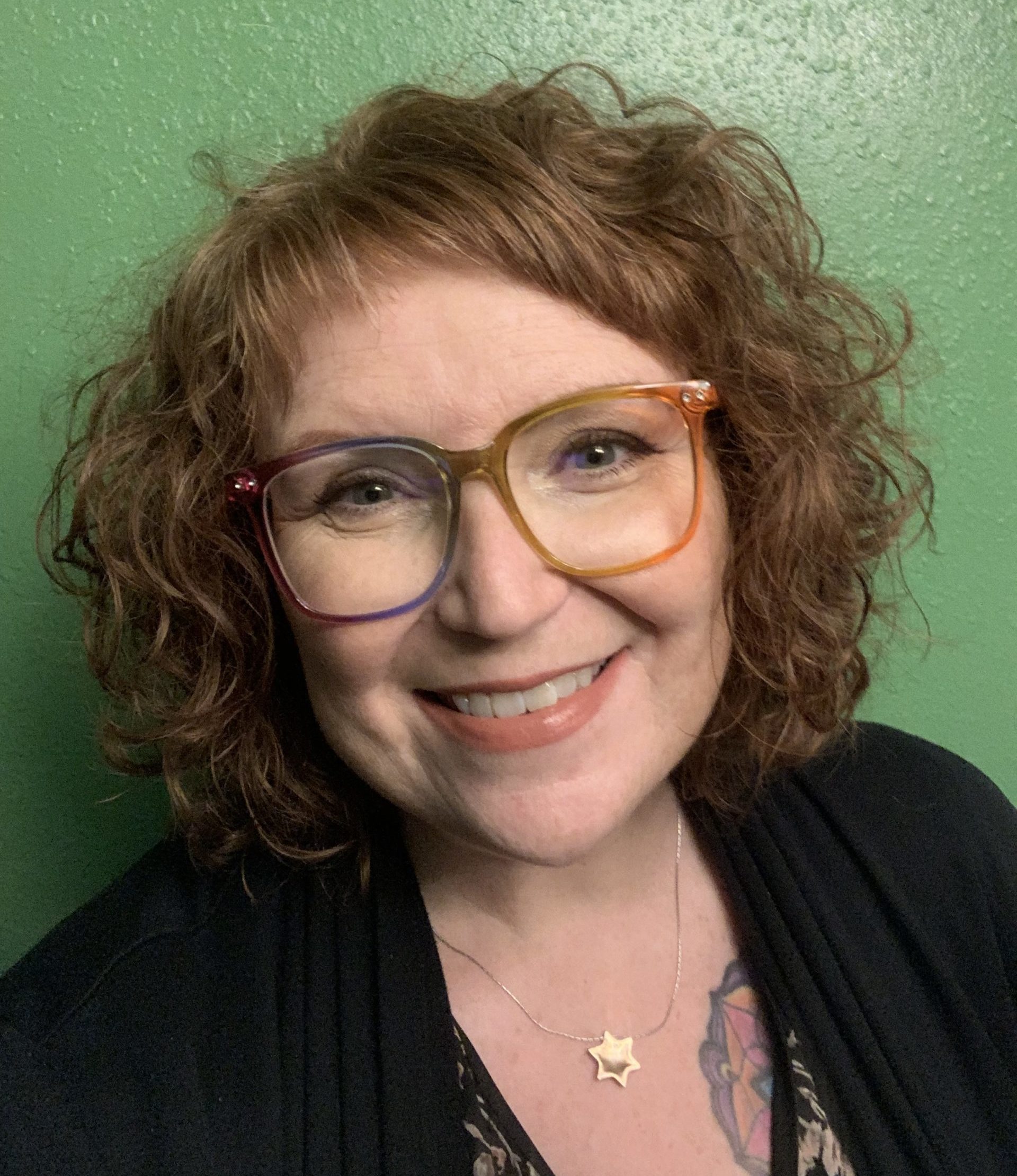
Jen Dreiske
Jen is the Deputy Director of South Dakota Voices for Peace and the president of the Mt. Zion Congregation synagogue in Sioux Falls, a board member of South Dakota Faith in Public Life, and a member of the SD Justice and Equity Coalition. Jen represents South Dakota Voices for Peace in the SD Equality Coalition and the SD Dream Coalition.

